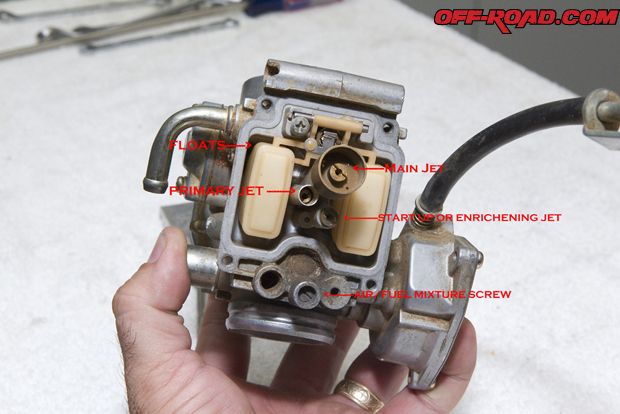JavaScript is disabled. For a better experience, please enable JavaScript in your browser before proceeding.
1 - 20 of 41 Posts
1 - 20 of 41 Posts
Top
Over time, car carburetors can collect a lot of dust, dirt, debris, grime, and grease. This can cause blockages or clogs that prevent the needed combo of fuel and air from reaching the engine, which, in turn, halts the car.
Less severe symptoms are sluggish performance and acceleration, reduced mileage, as well as overheating. If you drive with diesel, you may also encounter black smoke from the exhaust pipe.
All of these are situations that you want to avoid as a car owner, and to do that, it is necessary to know how to clean a carburetor without removing it. Even though seeking professional service is an option, it is not necessarily the most cost-effective and time-saving solution.
So, it is best if you can learn to clean the carburetor without removing it on your own at home. Understanding this, we have put together an article with all the necessary materials and steps that you have to be aware of.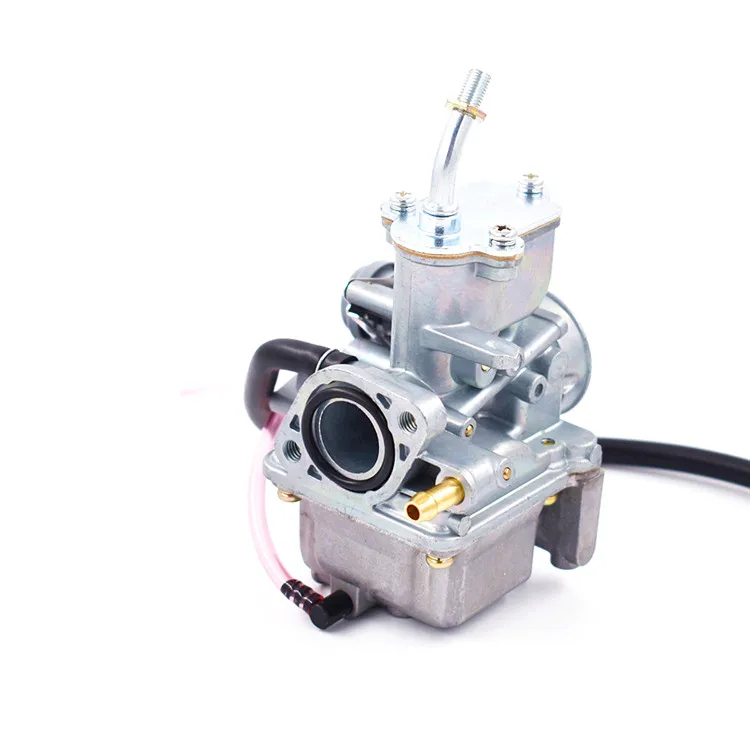
Briefly, the procedure to clean carb without removing it is as follows:
Keep reading for the details!
Table of Contents
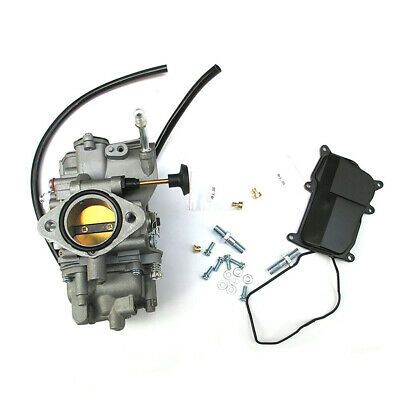 Then, wait for it to settle and work its magic
Then, wait for it to settle and work its magicBefore you begin to clean a car carburetor without removing it, you need to gather the following materials:
Although most of the materials on this list are not tricky to choose, you must be extra attentive when purchasing the carburetor cleaner.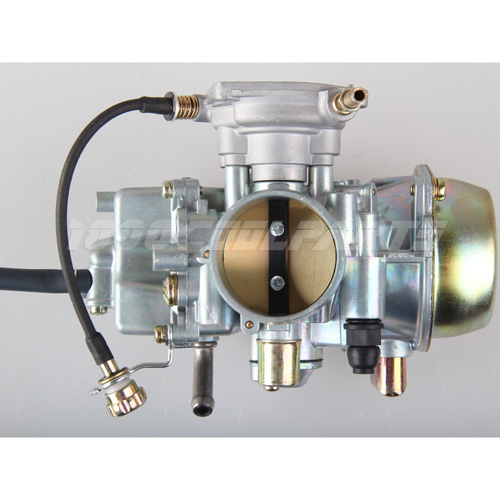 This is sometimes also referred to as a carburetor and choke cleaner. It is best to weigh in many factors before you decide to buy a particular product, including but not limited to: formula, compatibility, ease of use, brand, and price. Your product of choice should excellently converge all these criteria.
This is sometimes also referred to as a carburetor and choke cleaner. It is best to weigh in many factors before you decide to buy a particular product, including but not limited to: formula, compatibility, ease of use, brand, and price. Your product of choice should excellently converge all these criteria.
Reliable ones that you can consider if you are not yet sure where to start: Gumout 800002231 Carb and Choke Cleaner, CRC Carb and Choke Cleaner, Johnsen’s 4641NC Non-VOC Compliant Carburetor Cleaner Spray, and B-12 CHEMTOOL Carburetor/Choke Cleaner.
Once you have everything and are good to go, dive straight into the next section, listing and elaborating the necessary steps.
The Best Way to Clean a Carburetor (8 Simple Steps)Step 1: Put on protective gear, switch off the engine, and remove the air filter’s housing along with any hoses and linkages and the bottom bowlFirst things first, put on a pair of safety gloves and goggles.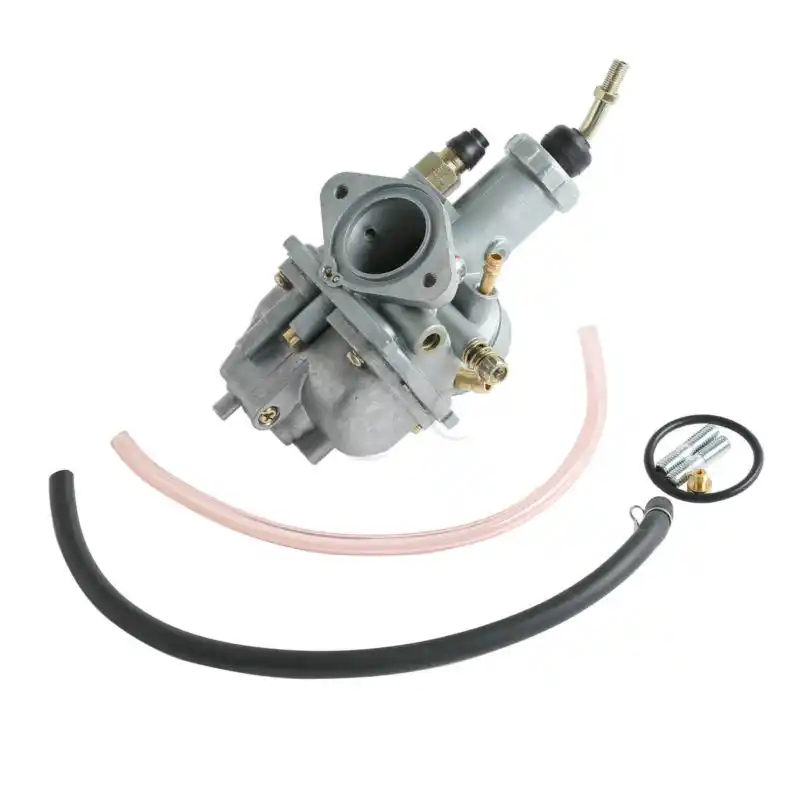 Wear a face mask, then switch off the engine. Check that the spark plug is safely disconnected. Next, locate the air filter and its housing. Remove it to gain access into the carburetor.
Wear a face mask, then switch off the engine. Check that the spark plug is safely disconnected. Next, locate the air filter and its housing. Remove it to gain access into the carburetor.
You may have to remove all the surrounding hoses and linkages as well. Use hand tools if you need to loosen any bolts and nuts. There is a bowl at the bottom of the carburetor; take it off too.
Top Tip: At this point, it is very important to ensure that the petcock is closed. Otherwise, gas will leak.
Lay out a few napkins or paper towels around the base of the carburetor to collect any gas drips. Wipe any excess. You can move onto the next step after getting a clear passageway to the dirty car carburetor.
Step 2: Vacuum away any loose dirt, dust, debris, grime, and great on the surface with a handheld and cordless vacuumUse a small, handheld and cordless vacuum to get rid of any surface-level filth. Set the vacuum to a low or moderate setting and run it across the compartment carefully. Take your time and do a thorough job. The better you complete this step, the less work you have later.
Take your time and do a thorough job. The better you complete this step, the less work you have later.
Replace the layer of napkins with a layer of slightly thicker rags or cloths. This will catch any runoffs and prevent them from hurting surfaces, especially ones coated with paint.
Step 4: Apply the carburetor and choke cleaner in thin, even coats. Then, wait for it to settle and work its magicThen, prepare your carburetor and choke cleaner. Grip it properly and hold it at about half a palm’s length from the outershield to clean the outboard carburetor without removing it. Give it a good shake, and position your finger on the nozzle, ready to press down to spritz.
Make a thin and even coat; do not miss the secondary moving points and connections, particularly the linkage of the throttle area. Now, wait for the cleaning solution to work its magic. Be patient! It will take at least a few minutes.
Be patient! It will take at least a few minutes.
Use a fresh microfiber towel to wipe the filth away along with the cleaning solution. If there are solid buildups or sludges, use a stiff-bristle brush to work it out. Alternatively, you can use a wire brush. Apply more of the carburetor cleaner as needed.
Note: It is completely normal to repeat steps three and four several times. Continue to do so until the carburetor is clearly clean. Be attentive and check all of the openings closely.
Step 6: Wipe the carburetor down with a fresh, dry towel and double-check that it is dried completelyNow, give the carburetor another wipe-down with another dry towel. Make sure that there is no excess moisture left. Leave it for an hour or two to dry completely. To verify, the criterion is that it is not damp-to-touch.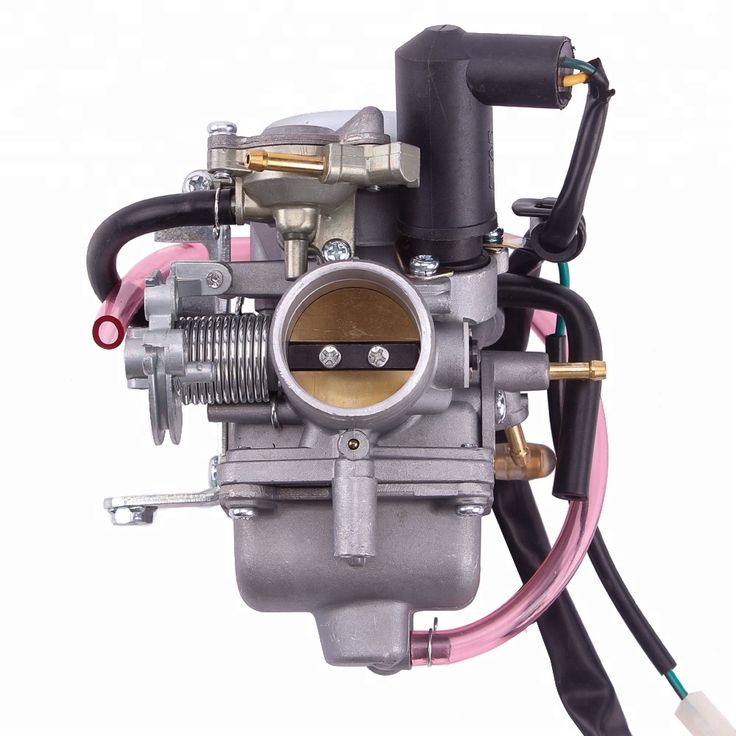
Remove the rags and cloths you have laid out at the base of the carburetor, as well as any other hand tools you were using. Then, start the engine to test its performance. If the results are better compared to before you started to clean, you are good to go!
Otherwise, you can repeat the procedure. In case your engine is still not as you wanted, consider cleaning the carburetor by actually removing it. It is quite a tedious task, especially when you have to rebuild it in the end, but unfortunately, it may be your only solution.
Check out this site to learn how to clean a car carburetor without removing it.
Step 8: Return the air filter housing, bottom bowl, as well as hoses and linkages to their original setupTo complete, put the air filter housing back in and return everything that you have disconnected temporarily on the first step.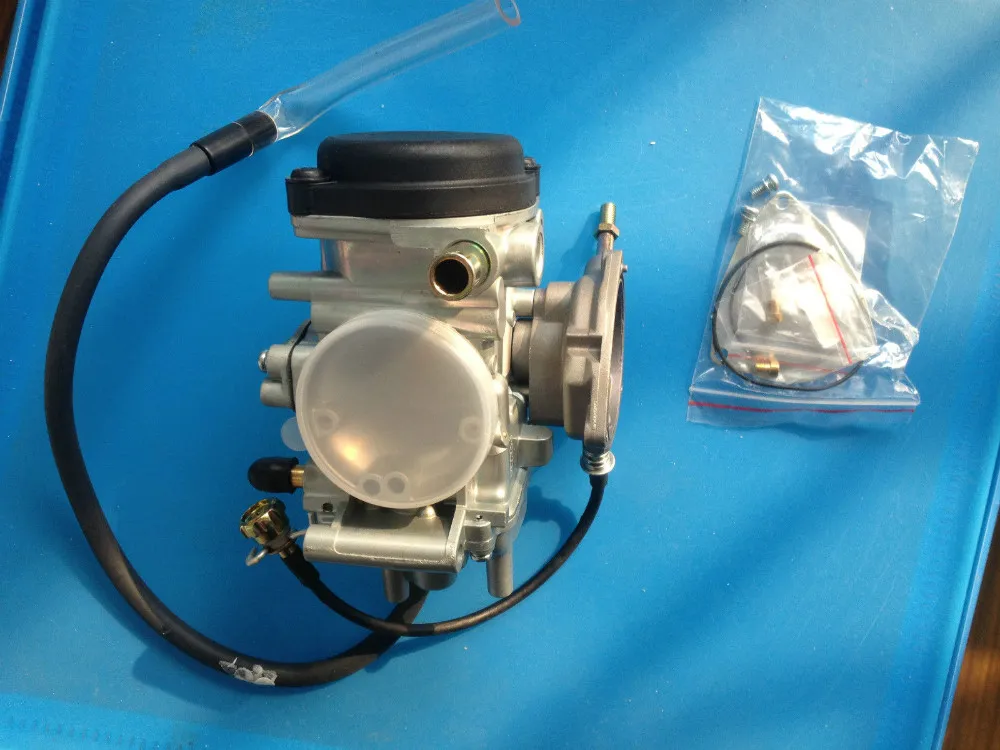
Bravo! You now know everything there is to know to clean a carburetor without taking it apart. Remember, it is important to clean your carburetor once in a while. You do not have to wait until it is showing symptoms to actually go ahead and clean it. It is always better to be proactive when it comes to car care and maintenance!
ConclusionLearning how to clean a carburetor without removing it is difficult but not impossible as long as you prepare the appropriate materials and take the right steps.
Now that you have read through everything you need to know about cleaning carburetors, just apply accordingly and say goodbye to costly professional services!
Afterward, please do not forget to return and share your experience with us as well as other readers in the comments.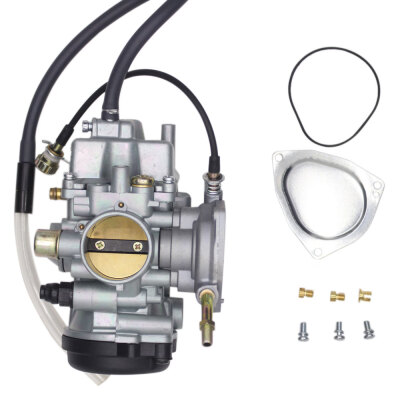 This is especially important if you have gotten insights that can further our article’s content. You are welcome to share the article with anyone you think will benefit from or appreciate the content as well!
This is especially important if you have gotten insights that can further our article’s content. You are welcome to share the article with anyone you think will benefit from or appreciate the content as well!
In order for the ATV to work like a clock, the rider needs to regularly carry out a complete maintenance of the equipment. And a key element of maintenance is ATV carburetor adjustment. Over time, the system starts to work incorrectly, which increases fuel consumption, worsens dynamics and other problems appear. So how do you adjust an ATV carburetor?
The operation and life of the engine directly depends on the quality of the fuel mixture. The carburetor is responsible for the preparation of the composition, but after prolonged use of the equipment, the settings “go astray”.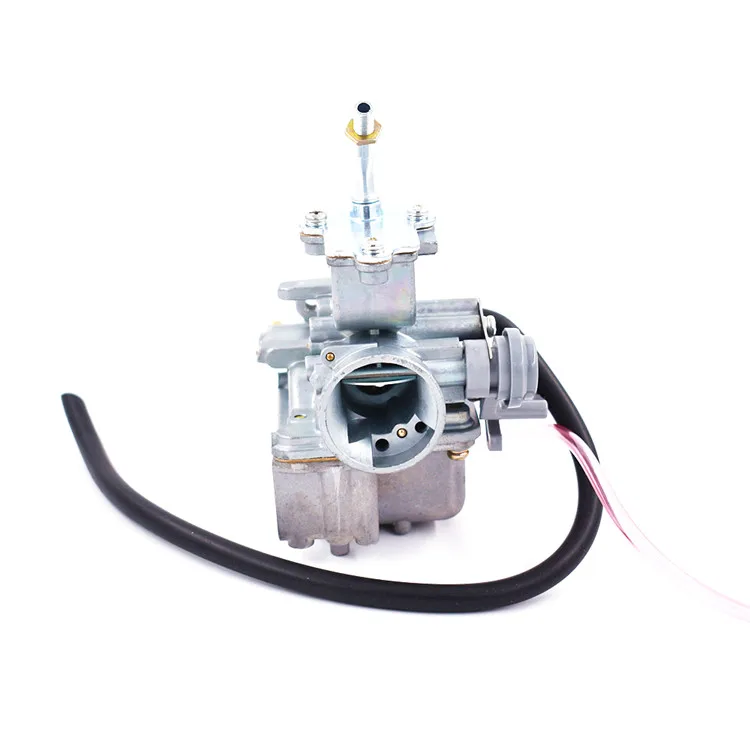 This results in:
This results in:
Many riders who decide to buy an inexpensive ATV simply do not spare the technique and ignore this procedure. But even if you plan to change your device in 1.5-2 years, adjustment is needed. The reason for this is increased fuel consumption. A quad with an untuned carburetor "eats" 30-40% more gasoline, and these are tangible costs.
But even if you plan to change your device in 1.5-2 years, adjustment is needed. The reason for this is increased fuel consumption. A quad with an untuned carburetor "eats" 30-40% more gasoline, and these are tangible costs.
So how do you adjust the carburetor on a Chinese ATV? For this you need:
However, it is important to remember that all adjustments are made only with a "clean" carburettor. This means that the rider needs to remove all the dirt from the node and flush the system to remove condensation and sediment from it.
Note: Just before adjusting, the engine must be warmed up to operating temperature.
To set the carburetor idle speed, the float chamber must first be cleared of fuel. To do this, start the ATV, close the fuel cock and wait until the machine stalls (5-10 minutes). To speed up the process, you can take a little ride on the quadric. Of course, gasoline can be drained, but in any case you will have to warm up the device, so the first method of "removing" gasoline is more effective.
To do this, start the ATV, close the fuel cock and wait until the machine stalls (5-10 minutes). To speed up the process, you can take a little ride on the quadric. Of course, gasoline can be drained, but in any case you will have to warm up the device, so the first method of "removing" gasoline is more effective.
Then:
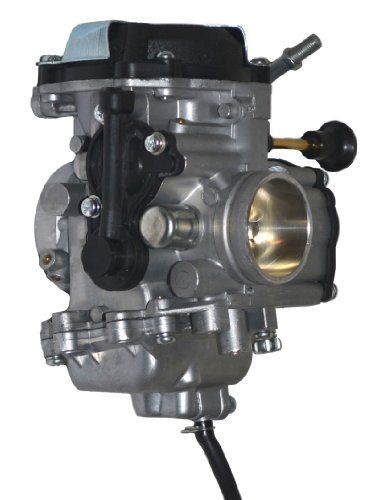 Focus on sound. The engine should run smoothly, without strain.
Focus on sound. The engine should run smoothly, without strain. Read the manual before adjusting the carburetor on a 125cc ATV to be sure. Remember that the location of the bolts is different in different devices, so read the documentation in advance.
To evaluate the quality of the fuel composition, make a test run. After that, unscrew the candle, and evaluate its condition. If it is:

Also look out for these “symptoms”: damaged tip (electrode failure), oil deposits (damage to rings and caps), chips and inclusions (sign of motor failure).
To adjust the mixture you need to twist the needle cover and pull it out. To get the needle, pull out the cable. After that, move the ring in the required direction (lower - more air, but less fuel and vice versa). Then start the engine and make sure it doesn't stall.
The last step in adjusting the 125cc ATV carburetor is adjusting the petrol level. To do this, you need:

Note: Adjust as carefully as possible as system components are very fragile. Ideally, carburetor tuning should be done by a specialist.
06/16/2020 21719
It often seems like an insurmountable task for beginners to tune and adjust the carburetor of an ATV, but in fact, it is far from being the case. Using our instructions, you can easily set up a carburetor with your own hands.
Due to improper carburetor settings, problems such as: failures during acceleration, jerks while driving, uncertain start of the engine, poor acceleration dynamics, overheating, loss of power, increased fuel consumption, formation of deposits in the combustion chamber.
So what exactly are we going to tune?
Attention! The adjustment is carried out under the condition of a warm engine and a clean carburetor.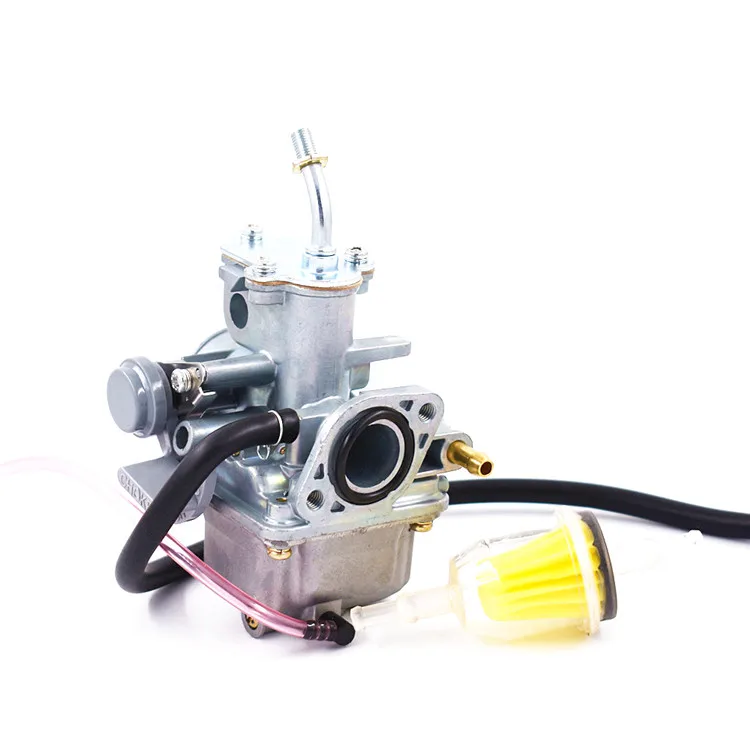
First, make sure there is no condensation in the carburetor. First, you need to drain the gasoline from the float chamber, for this you need to close the fuel cock and partially unscrew the screw No. 1, after the gasoline has drained from the float chamber, tighten the screw No. 1.
Let's look at photos of candles with various deposits and defects.
A 100% indicator of a correctly adjusted combustible mixture is carbon deposits on a candle.
Consider the location of the screws for adjusting the quality of the mixture and idle speed of carburetors of different models.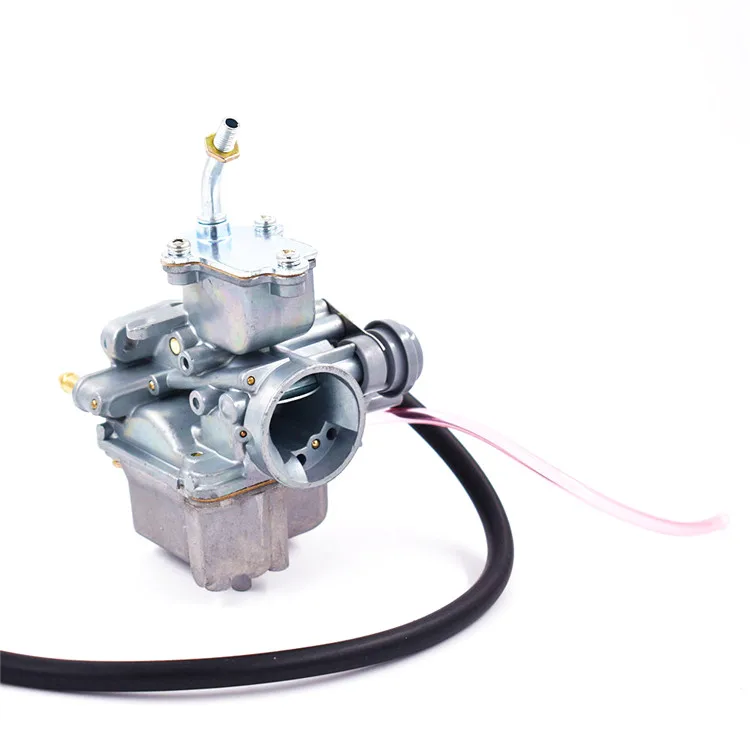
#1 Float chamber plug; No. 2 Mixture quality screw;
#3 Idle adjustment screw.
1 - quality adjustment screw at idle; 2 - fuel inlet fitting; 3 - fitting through which you can sleep fuel from the float chamber; 4 - screw-plug of the float chamber.
1 - ventilation tube; 2 - idle speed adjustment screw; 3 - screw for adjusting the composition of the air-fuel mixture.
ATV carburetor speed and mixture adjustment.
1. Start and warm up the engine until it reaches operating temperature.
2. Adjust the idle screw to set the idle speed to normal. Completely, until it stops, tighten the fuel mixture screw, the engine should stall. If this does not happen, check the tightness of the air supply system from the air filter.
3. Loosen the fuel mixture screw 1 turn. (Turning the screw clockwise, we enrich the mixture, unscrewing it counterclockwise, we lean).
4. Start the engine and, by adjusting the idle screw, set the speed slightly higher than usual
5. Slowly unscrew the fuel mixture screw until the engine reaches maximum speed (we unscrew the screw no more than 2 turns, but depending range may fluctuate due to engine wear and other faults).
Slowly unscrew the fuel mixture screw until the engine reaches maximum speed (we unscrew the screw no more than 2 turns, but depending range may fluctuate due to engine wear and other faults).
6. Re-adjust the idle screw to set the idle speed to normal.
7. Press the throttle trigger several times, check if the idle speed is stable.
Mixture quality adjustment with a needle.
Probably you have heard more than once about adjusting the quality of the mixture on the carburetor by manipulating the needle. I note that these are extreme measures, for the initial adjustment, use the mixture quality screw, and only if you do not get the desired result, unscrew the mount and remove the needle. What does she represent? This is the main element that regulates the amount of gasoline supplied to the combustion chamber. Connected directly to the throttle handle through a cable. When you turn the knob, the needle rises higher, opening up a channel for fuel, thereby delivering more mixture, which increases power, which translates into speed.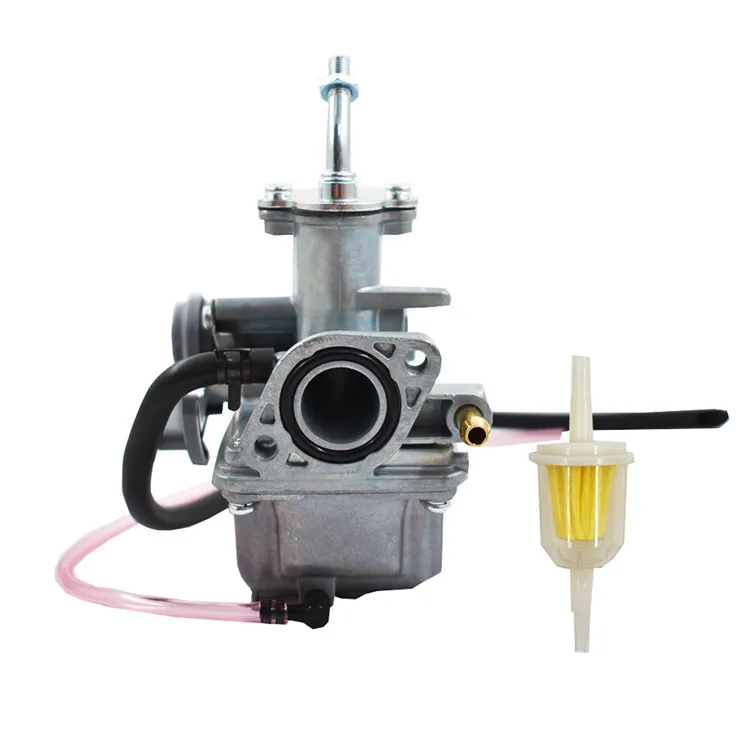
You will see 5 grooves on the needle at the attachment point. Initially, the retaining ring fixes it in the central position, this is the best option. But sometimes it is not possible to achieve the required quality of the mixture. Then we will need the remaining grooves, 2 on top and 2 on the bottom, this suggests that we can adjust the dose gradually.
Lifting the retaining ring up and locking it in this position lowers the needle, which, in turn, blocks the channel more than usual. Gasoline enters less than air, and the mixture becomes leaner. Lowering the ring down, we raise the needle, and everything happens exactly the opposite.
Be aware that an excessively lean or rich mixture can lead to serious problems ranging from overheating to loss of power, carbon deposits in the combustion chamber and all the ensuing consequences. Keep an eye on the condition of the spark plug electrodes, this is the main indicator that will help you determine the quality of the mixture.